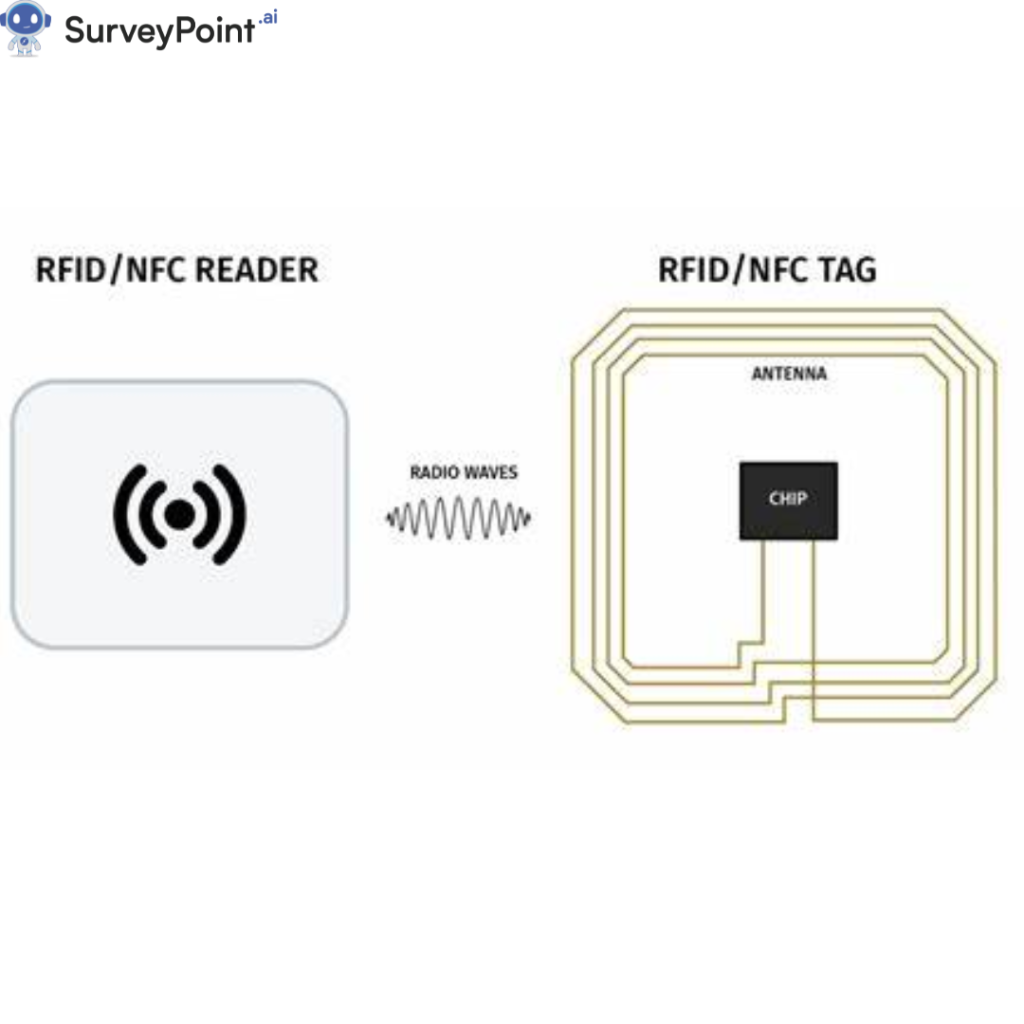
Purposive sampling is a group of non-probability sampling methods in which units are chosen based on their ability to fill a specific role in the sample. In this method, units are chosen “on purpose.”
This type of sampling is also called “judgmental sampling” because the researcher uses their best judgment to decide which participants, situations, or events will give the most valuable data for the study.
Purposive sampling in research is used in many qualitative and mixed-methods studies. Observer bias is more likely to happen in research, but it can be helpful when you need to find situations with a lot of information or make the most of limited resources.
This post will discuss the purposive sampling definition and examples, along with the types of purposive sampling and their advantages and disadvantages.
What is Purposive Sampling?
Purposive sampling, also called “subjective sampling,” is a non-probability sampling method in which the researcher uses their judgment to choose which parts of the population should be in the sample. In this case, the sampling process depends on the researcher’s discretion and knowledge of the situation.
When done right, Purposive sampling lets the researcher leave out data that doesn’t help meet the study’s goals. After making a list of the needs for systematic research based on clear goals and objectives, the next step is to choose units or variables that can give helpful answers.
Purposive sampling in qualitative research describes finding and choosing examples of information about the topic of interest. There are many ways to do purposive sampling, but criterion sampling is the most common way in implementation studies.
When Should You Utilize Purposive Sampling?
As in the case of purposive sampling, focusing on specific parts of a larger group. If you are doing research that is likely to involve isolated cases, you may want to get access to a particular subset of the population that shares certain features.
With purposive sampling, you go out of your way to find the cases, people, or groups that will give you the best information to answer your research question. So, if you want to use purposive sampling for research, you need to know a lot about your study topic before you start. When you have more data, your sample is more likely to be accurate.
Types of Purposive Sampling
- Maximum Variation Sampling
Maximum variation sampling, also called heterogeneous sampling, is a type of sampling done on purpose to get a wide range of opinions about a particular topic.
With this method, we can look for and make samples from different points of view, such as common, unusual, or extreme traits of the “whole population,” which gives us a wide range of examples for an event or experiment.
Depending on what the researcher or person taking the survey wants to know, these attributes can be about people, companies, events, or the raw data in the sample. They can also be things that happen, qualities, traits, occurrences, or experiences.
- Homogeneous Sampling
Homogeneous sampling is a method of taking a Purposive sample that is the exact opposite of maximum variation sampling. With homogeneous sampling, a group of people with the same age, gender, background, or job will be chosen.
Researchers often use homogeneous purposive sampling when researching a certain trait, feature, or area of interest. This type of targeted sampling is often used in survey research, which is a way to find out more about specific topics of interest.
- Typical Case Sampling
Typical case Purposive sampling is used when a researcher or evaluator wants to study a phenomenon related to the parent sample’s usual (average) members.
For example, if the person doing the survey wants to know how inflation affects people with average incomes, only moderate-income people will be chosen from the whole sample.
- Extreme Case Sampling
We use extreme case sampling to look at events or trends that differ from the norm.
As a result, we will select individuals from the entire sample who do not meet the standard criteria for an experiment. The goal is to discover why these strange things happen and if there is a pattern.
- Critical Case Sampling
One example with much information is chosen to represent the whole population in a critical situation with purposive sampling. The researcher hopes to find information that can be used in similar cases by looking into it.
For example, instead of roping in several cases, agricultural patterns at different times of the year can be studied in a single town with often-harvested land, a good water supply, a reasonable temperature, and enough sunlight.
- Total Population Sampling
Total population sampling is a type of purposive sampling in which the whole population (the parent sample) that shares one or more characteristics is studied or surveyed. Some of these qualities are specific experiences, knowledge, or skills.
This strategy is used when the parent sample is small and the parents all have at least one thing in common.
- Expert Sampling
Expert sampling is used when a researcher wants to learn from people with a certain experience. This information could be helpful in the early stages of qualitative research because it can help find new topics people are interested in.
The expertise found is then used for more sampling and evaluation. Expert sampling can be helpful when there is little evidence or knowledge in an area with much uncertainty.
Let us now discuss purposive sampling’s advantages and disadvantages.
Advantages of Purposive Sampling
- Samples are chosen cheaply when they are chosen on purpose. In this case, the researcher must rely on their knowledge to select the best subjects for the entire study. This method also helps save time.
- When scientists make the most of small sample sizes, they can get more reliable results from their studies.
- When researchers collect qualitative responses on purpose, they can learn more and be more sure of what they find.
- Since data is collected from the best subjects, the results can be used in the study setting.
- You can focus on a smaller group of people and get more accurate information for your study.
- Purposive sampling lowers the standard deviation of the data by choosing data sources that are a good fit for the research.
Disadvantages of Purposive Sampling
- When Purposive sampling is used, several valid statistical methods that can be used to make inferences need to be revised.
- Studies often come to biased conclusions because the researcher didn’t include critical demographics in their sample.
- In purposive sampling, participants can make up data, making the results less reliable.
- There are better ways to gather information about a large group than purposive sampling.
- It could be wrong because of mistakes in how the research was done and who was chosen to take part.
Purposive Sampling Example Situation
Let’s look at a simple example to show how market researchers use purposive sampling:
Before putting a new wine on the market, a company may first test it in small groups. Professional wine tasters make up the research population. They will give helpful feedback for the sake of improvement.
Purposive sampling is also helpful for studies in the classroom. You want to determine what students think about how things are done in the classroom. Choosing the smartest students to participate in your in-depth study is wise.
Conclusion
For purposive sampling to work, getting in touch with important people from the target population must be accessible. The sampling process will save time and money if researchers can find enough people or places that meet their predetermined criteria.
The goal of purposive sampling is to find a large group of people who meet specific criteria so that one can learn more about a project.
For your next research project, you can use Survey Point to send surveys to your target audience of any size.




